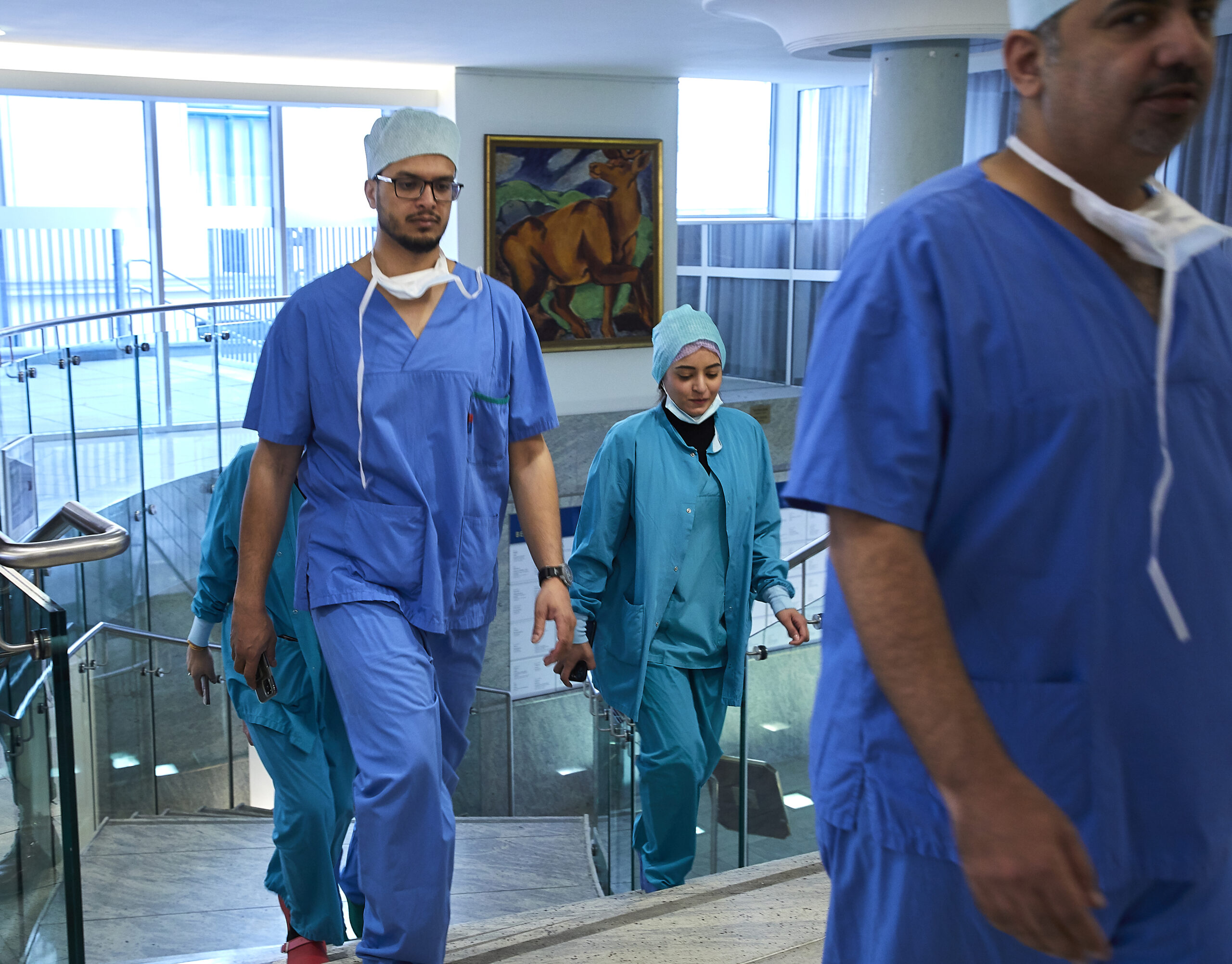
Bypass OP – Verfahren, Vorteile, Andwendungsmöglichkeiten
Eine Bypass-Operation überbückt verengte oder verstopfte Herzkranzgefäße durch eine Umleitung aus kleinen Venenstücke, entnommen werden oder durch Umleitung der Brustwandarterie.
Eine Bypass-OP wird meist unter Einsatz einer Herz-Lungen-Maschine am offenen Herzen vorgenommen. Zunehmend wird aber auch die Schlüsselloch-Chirurgie zur Verlegung eines Bypass eingesetzt. Vor allem, wenn nur ein Herzkranzgefäß betroffen ist, lässt sich die Operation über kleine seitliche Einschnitte ohne Einsatz der Herz-Lungen-Maschine durchführen.
Der Bypass hat Vorteile bei Verengungen der drei großen Herzkranzgefäße oder Verstopfungen des Hauptstammes der linken Herzkranzarterie. Alternativen zum Bypass können in manchen Fällen eine Aufdehnung der Herzkranzgefäße (PTCA), eine Stentimplantation, eine Rotationsangioplastie oder eine Laserangioplastie sein.
Wie erfolgreich der Bypass arbeitet, hängt stark vom Lebensstil des Patienten ab. Bei richtiger Ernährung, einem disziplinierten Bewegungsprogramm und Verzicht auf das Rauchen kann ein erneuter Verschluss über Jahrzehnte ausbleiben.



